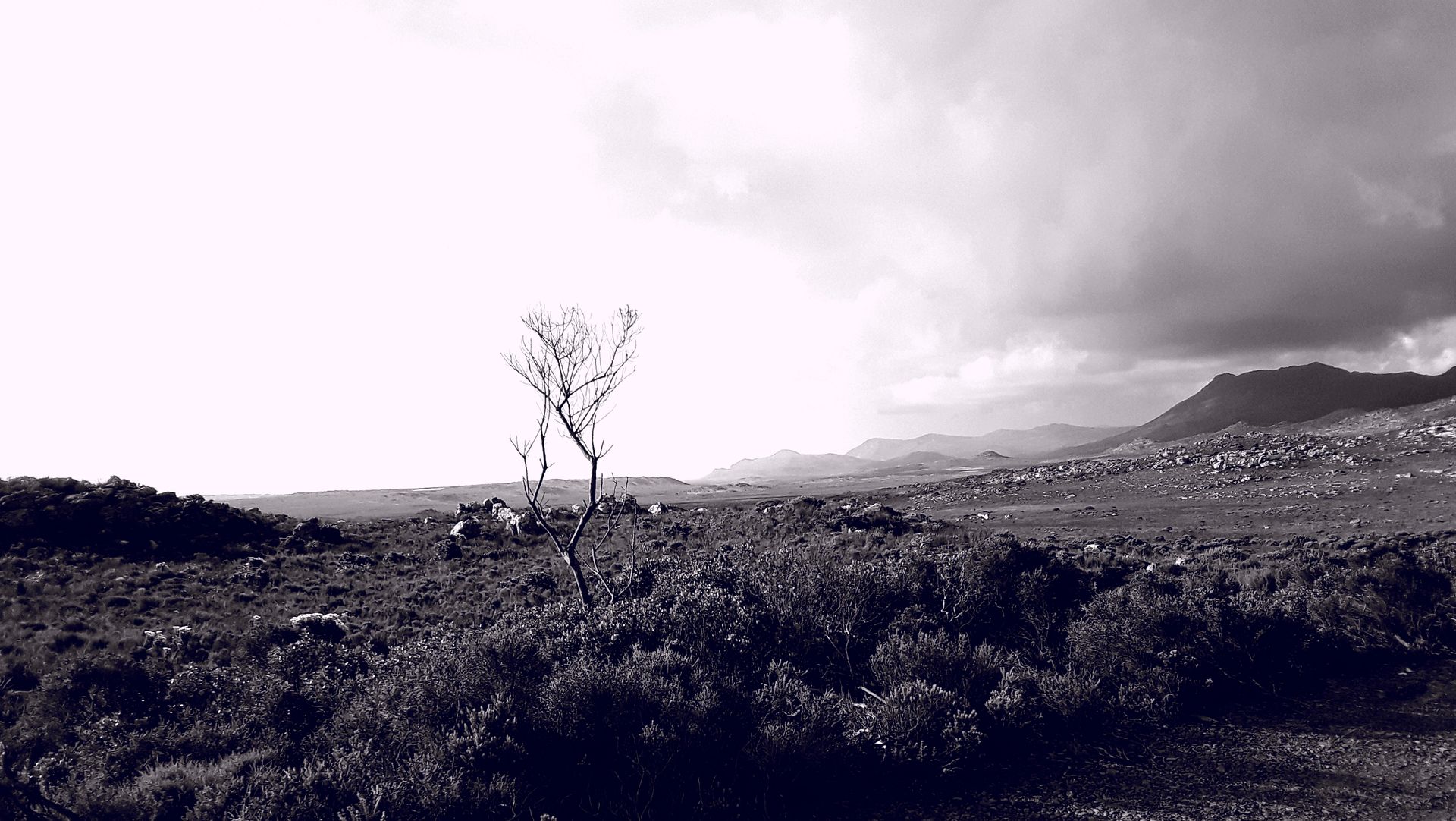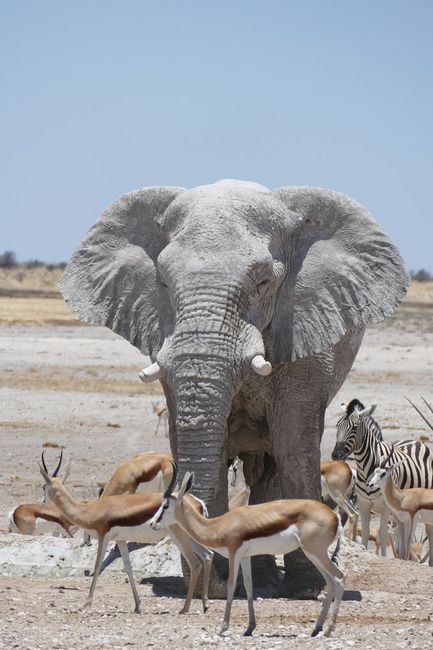
mit-dem-dubs-zu-neuen-ufern
vakantio.de/mit-dem-dubs-zu-neuen-ufern
Forced break in Esquel
E phatlaladitšwe: 15.03.2018
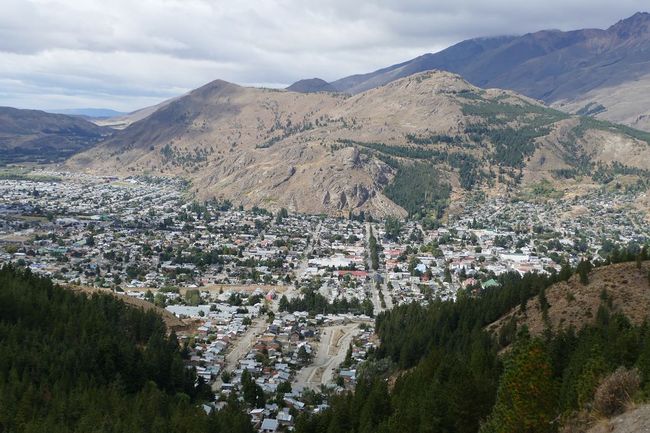
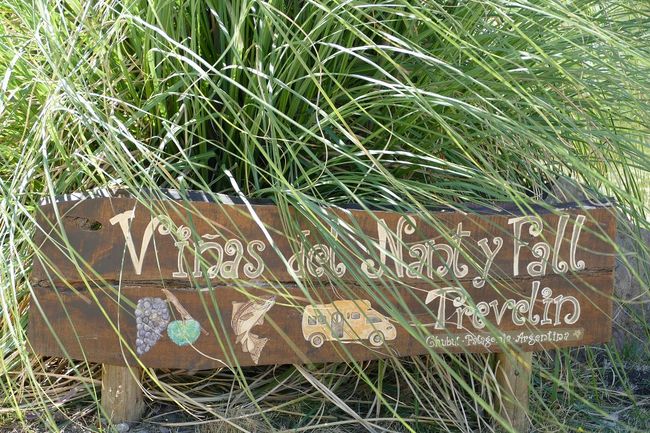
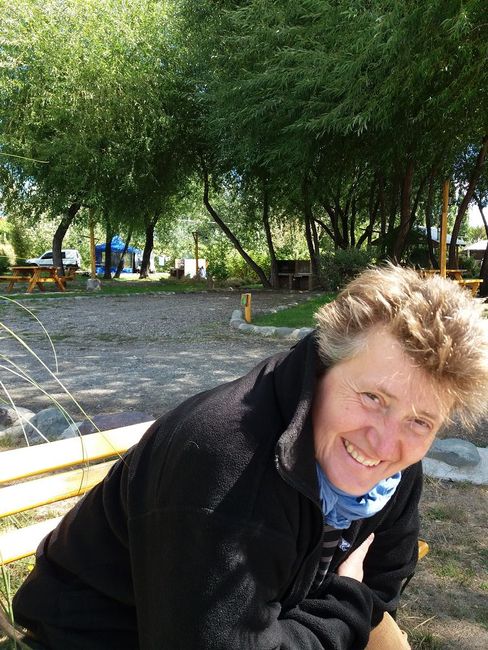
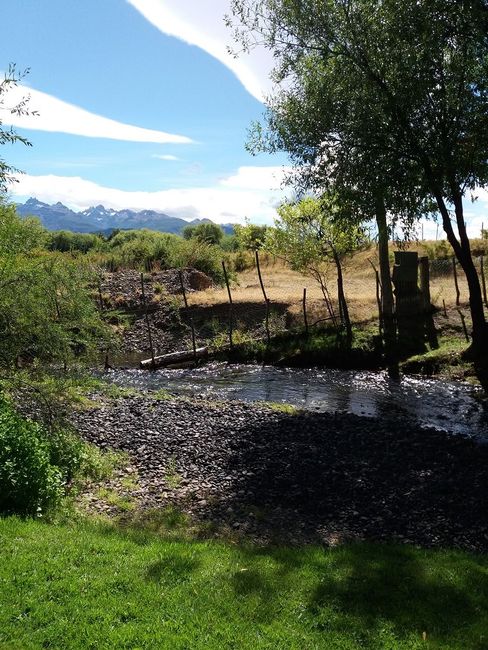
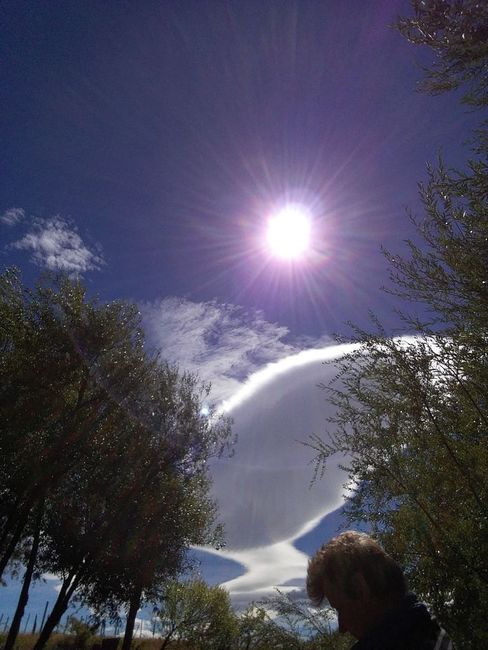
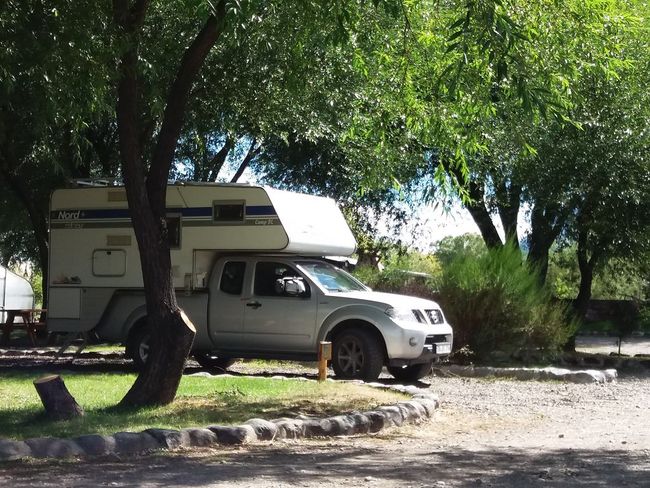
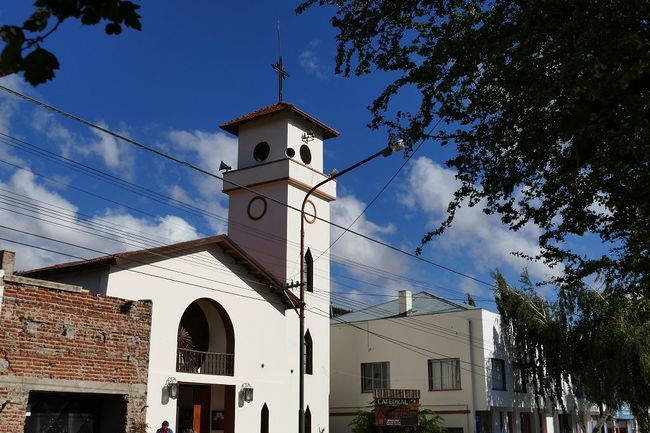

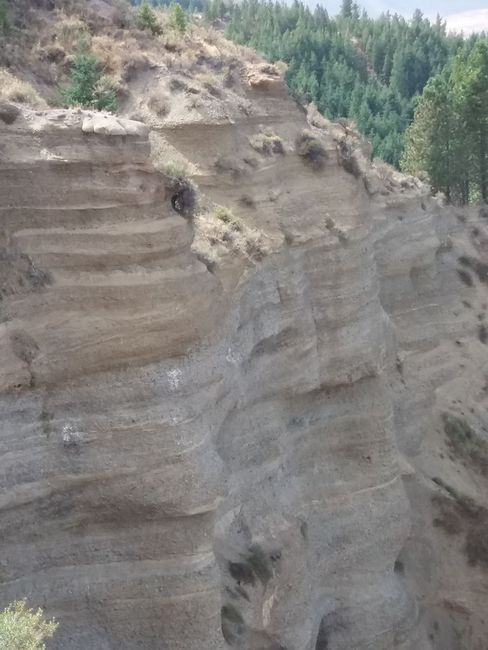
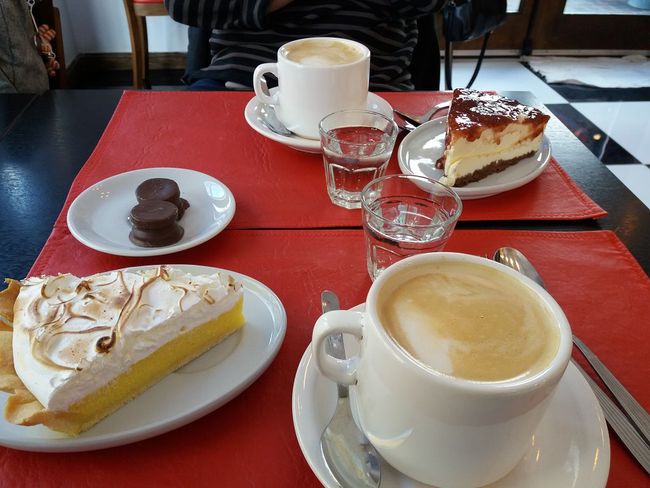

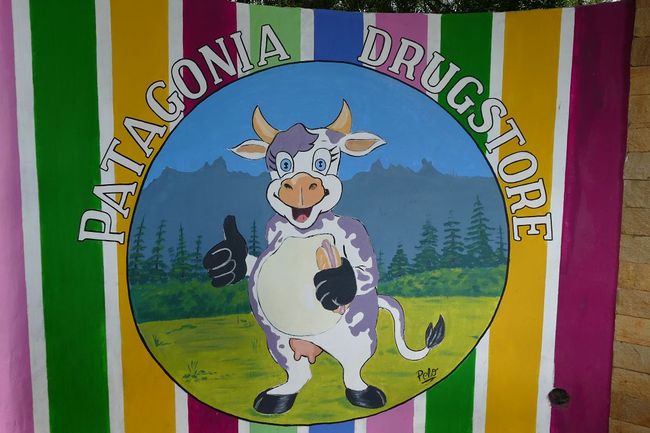
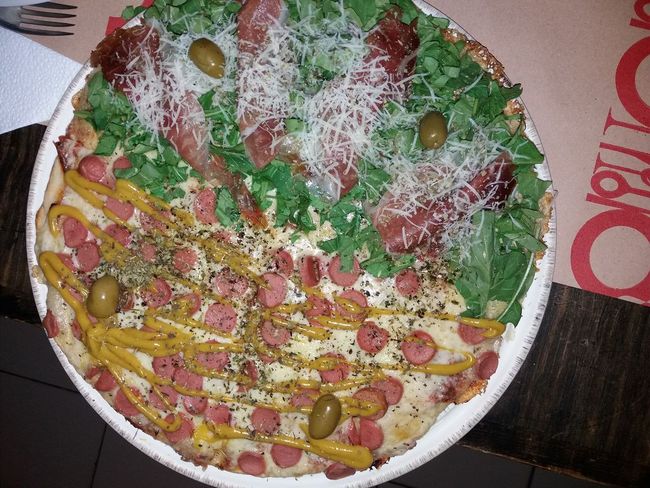
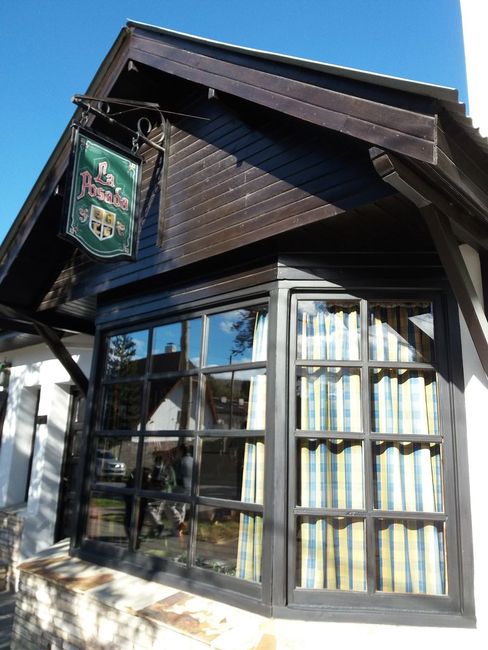
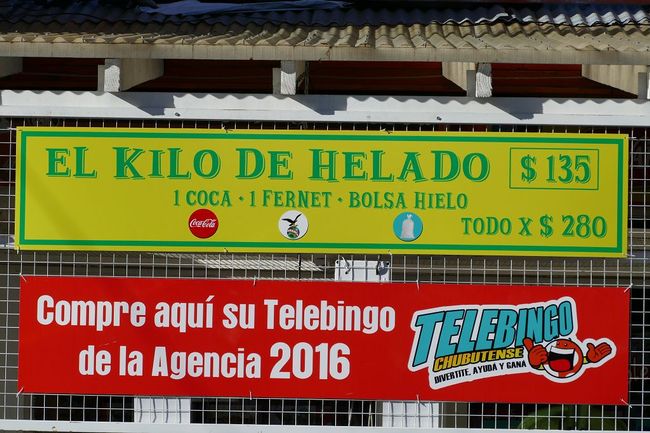
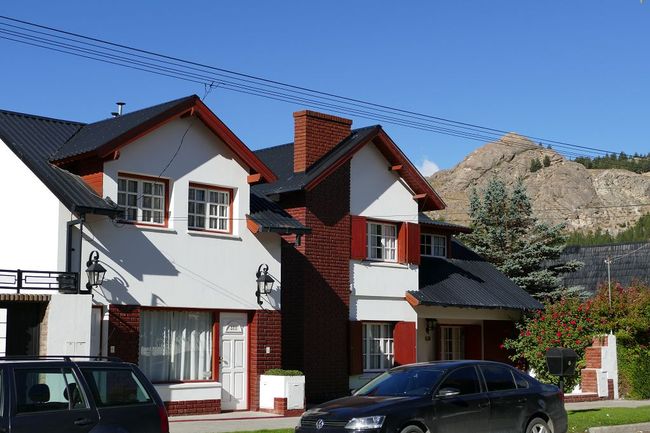
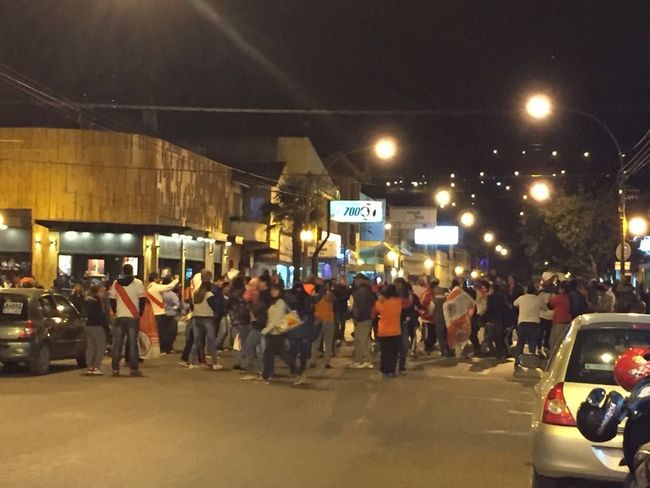
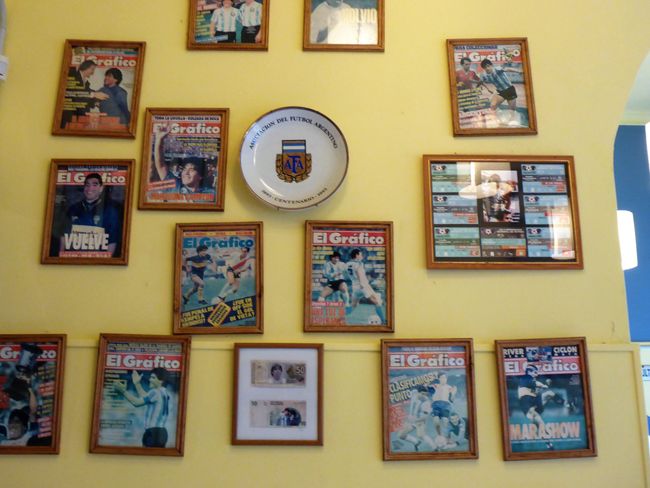
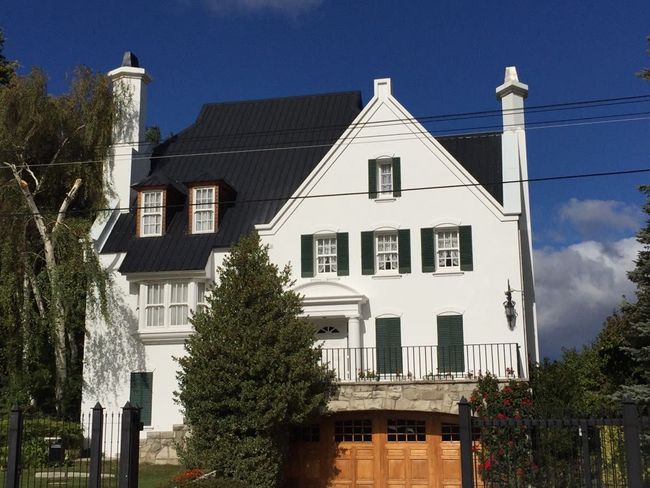
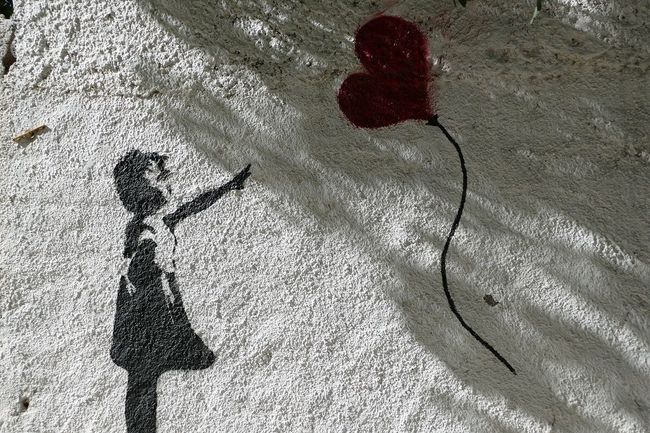
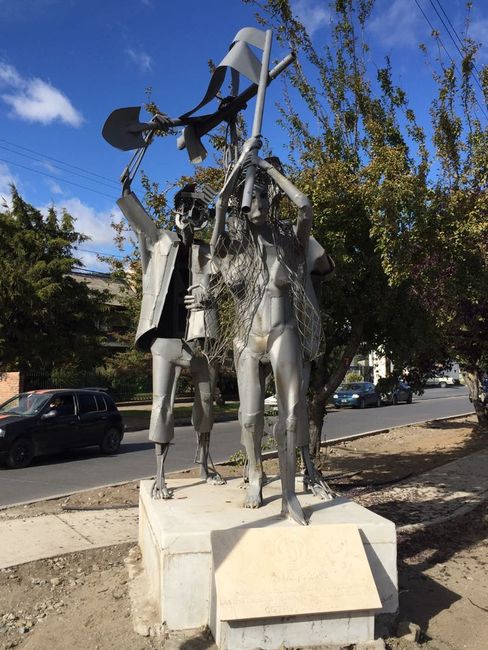
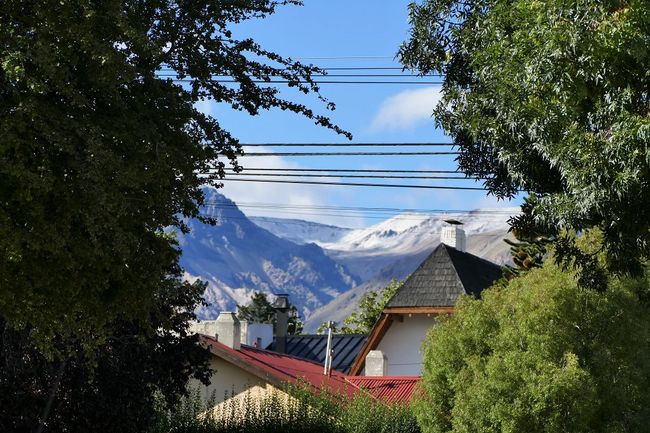
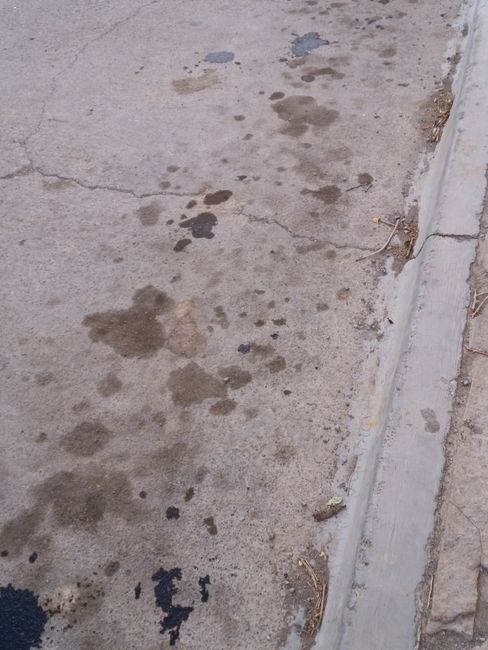
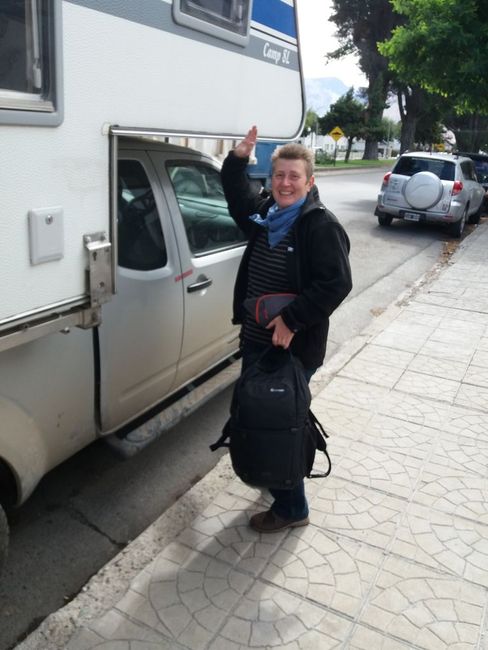
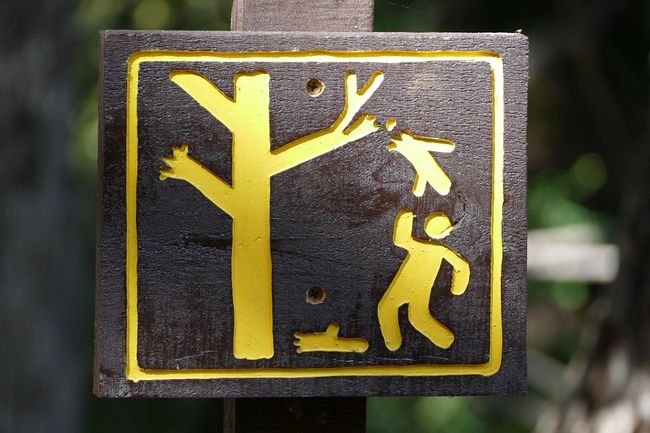
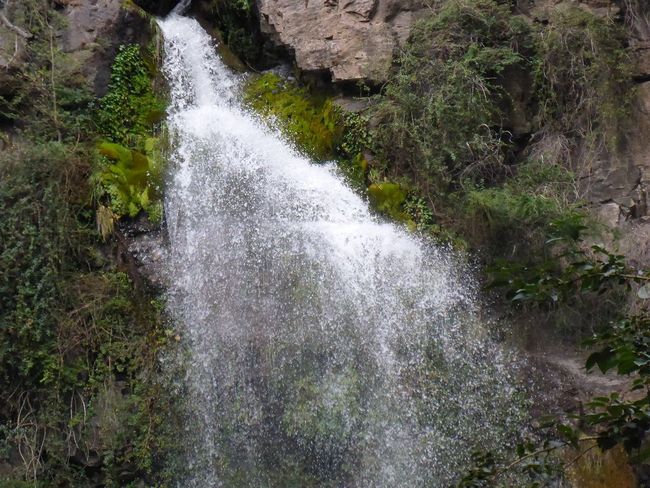
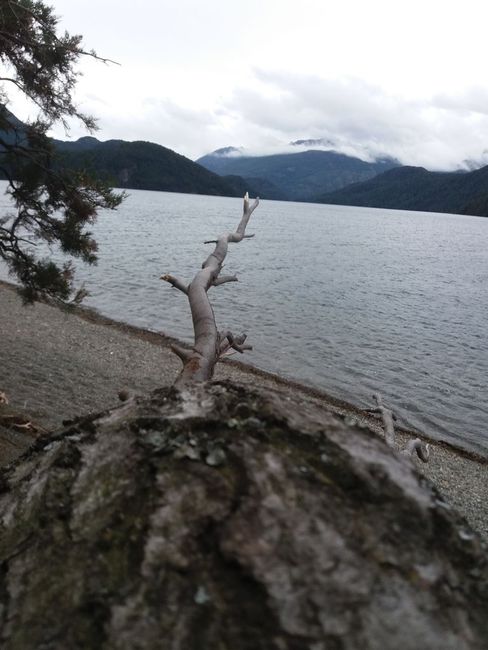
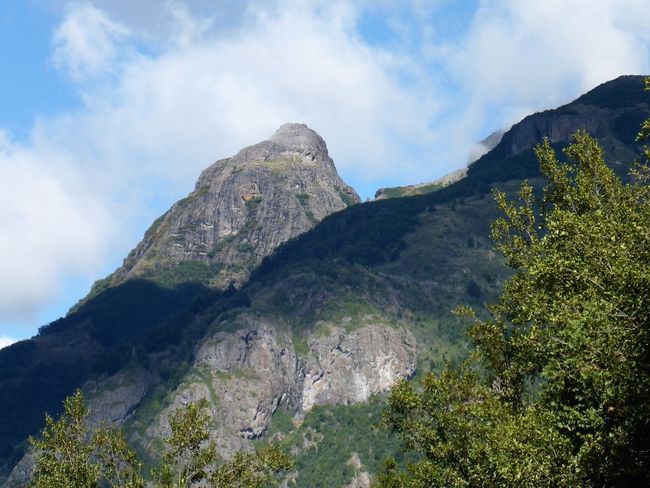
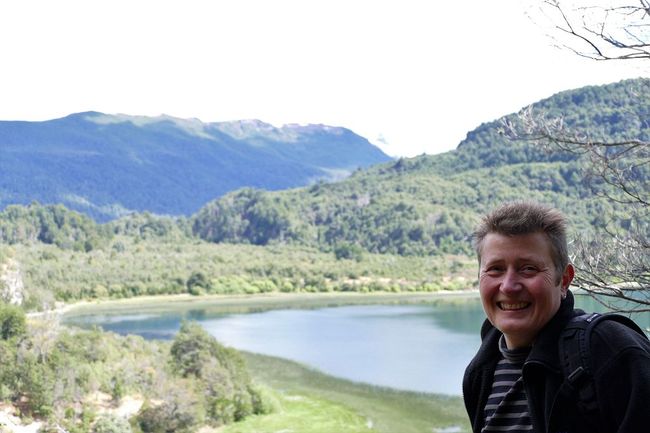
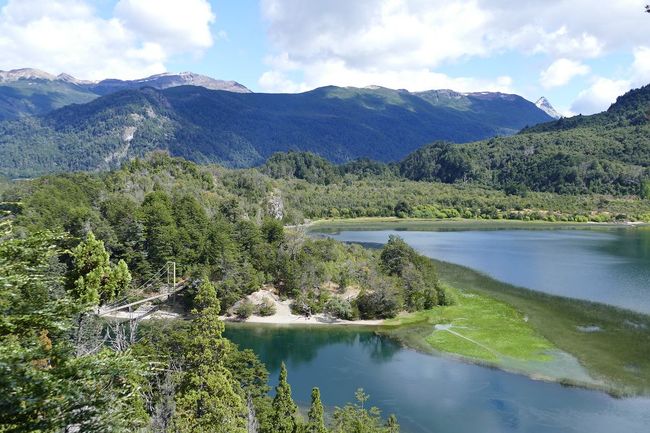
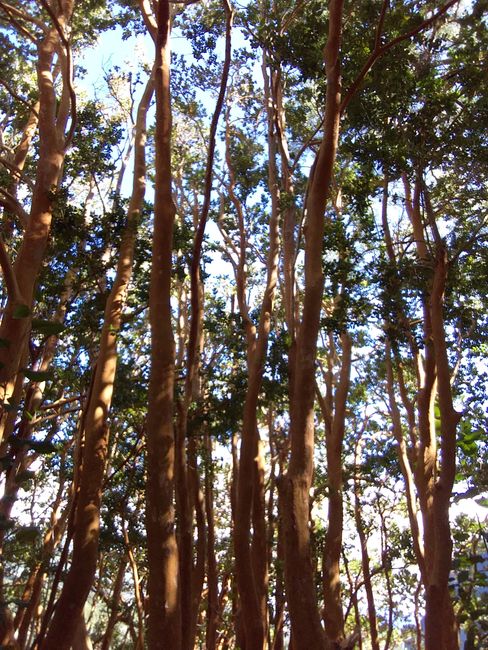
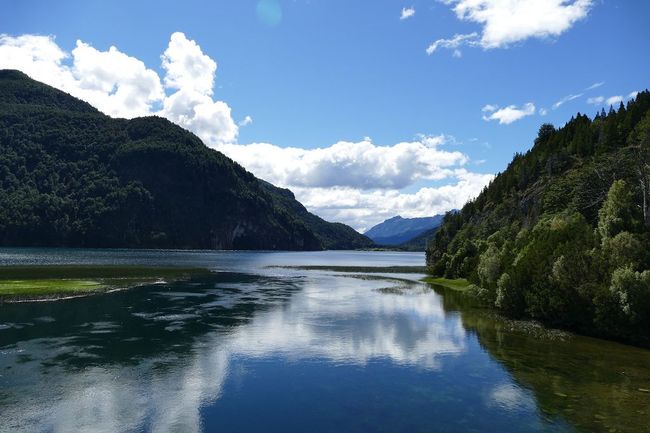
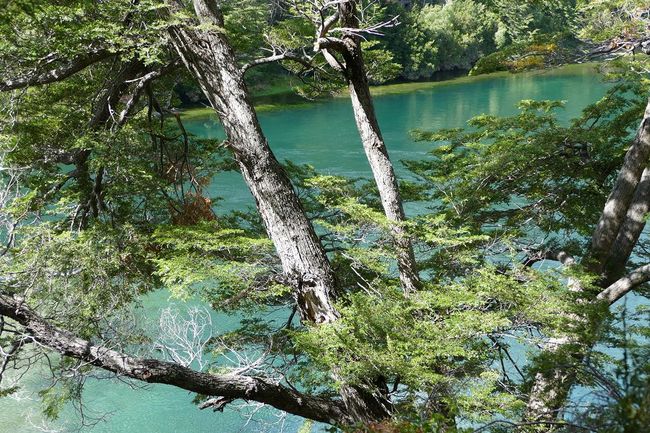
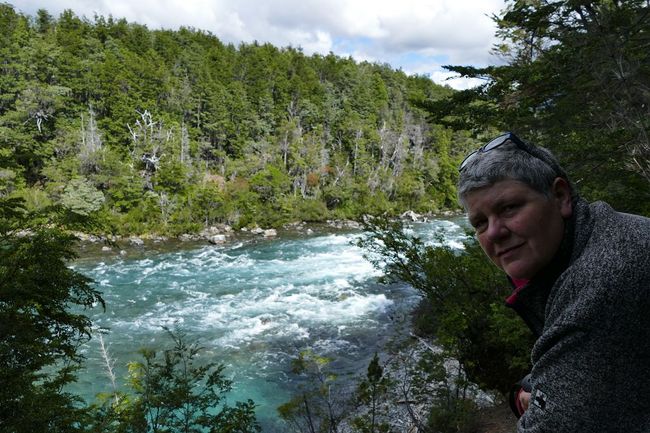
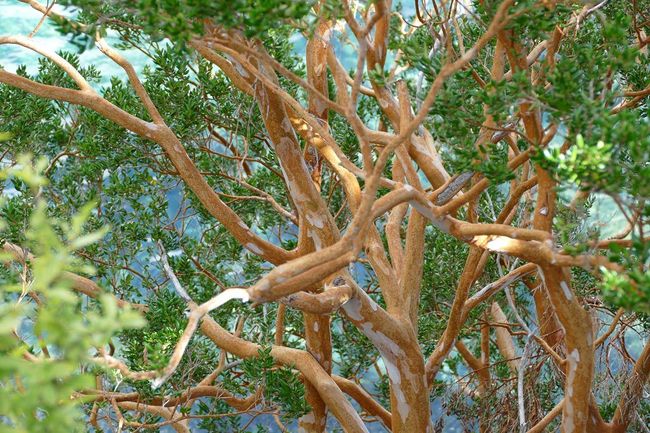
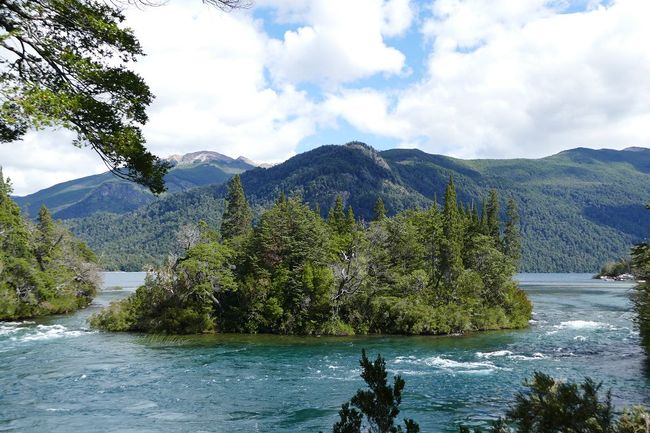
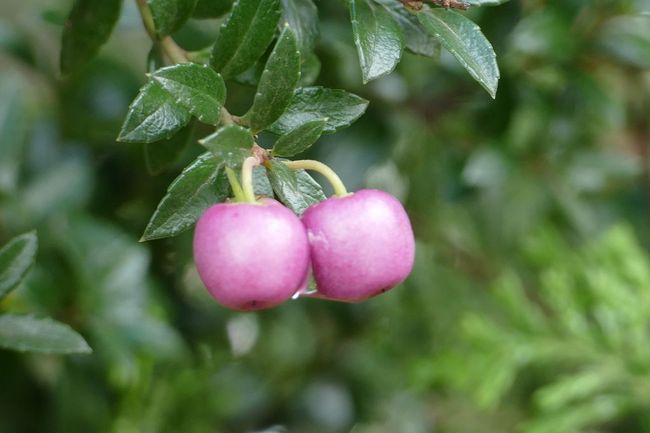
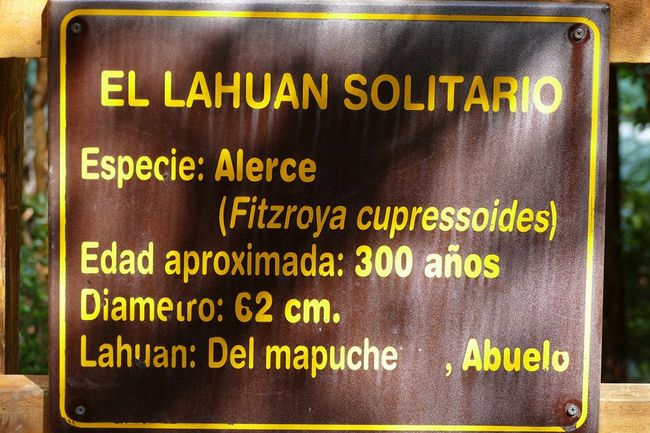
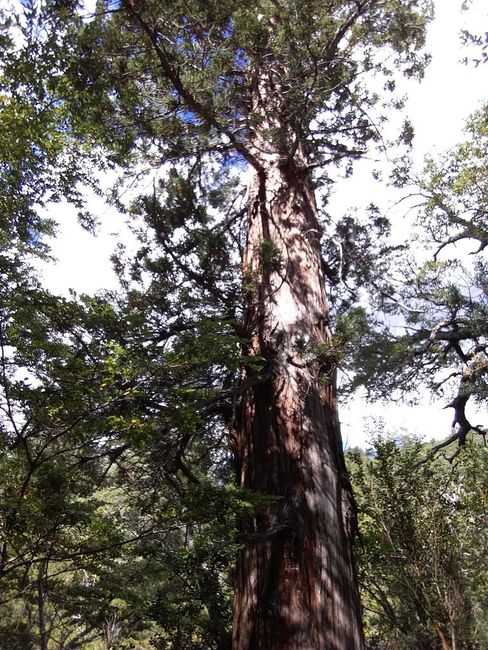
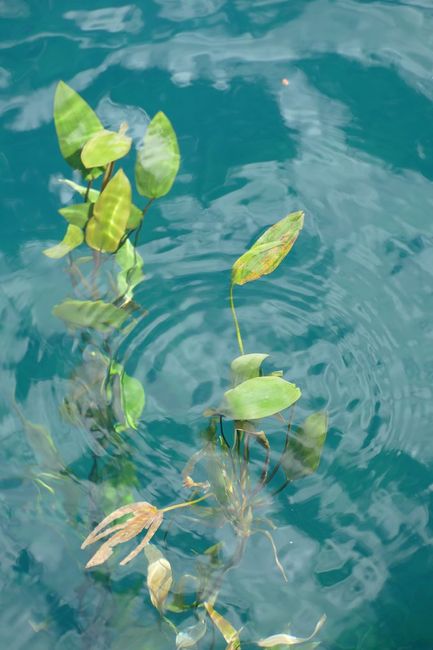
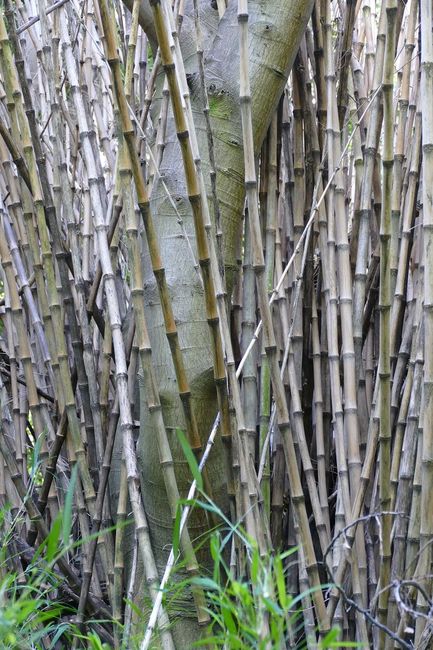
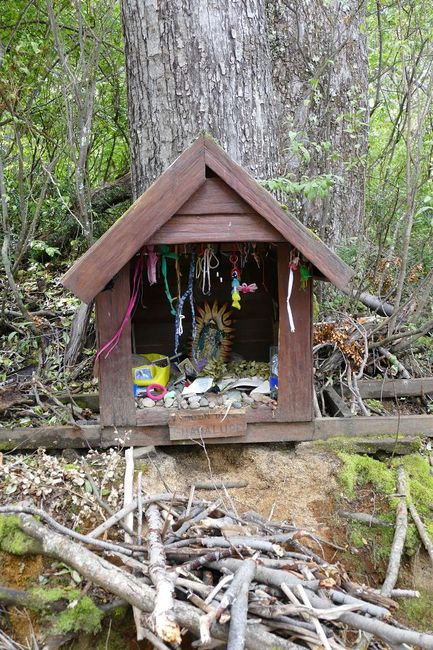
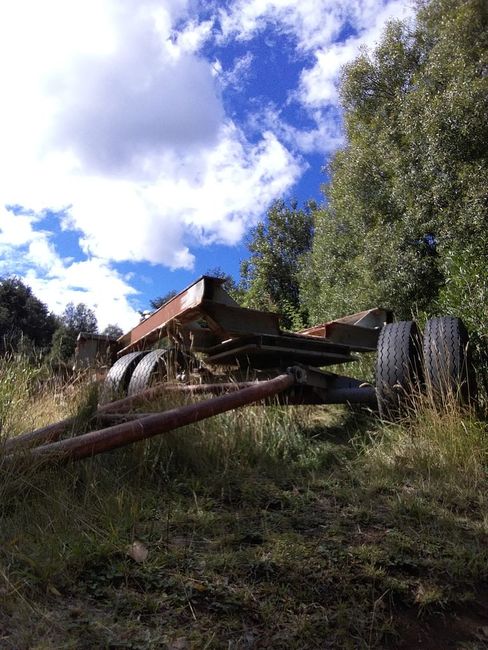
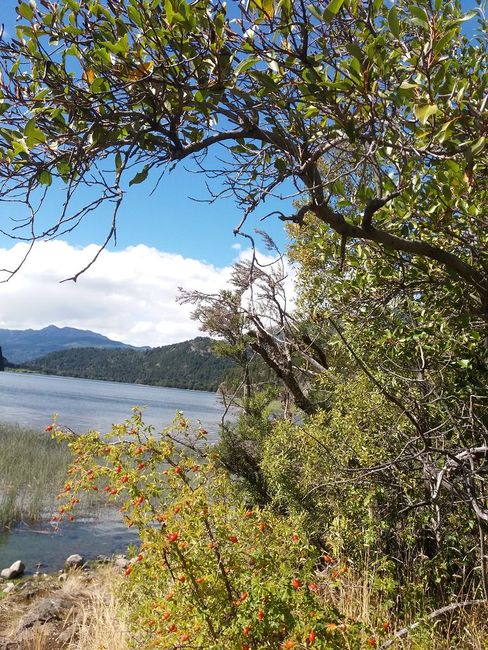
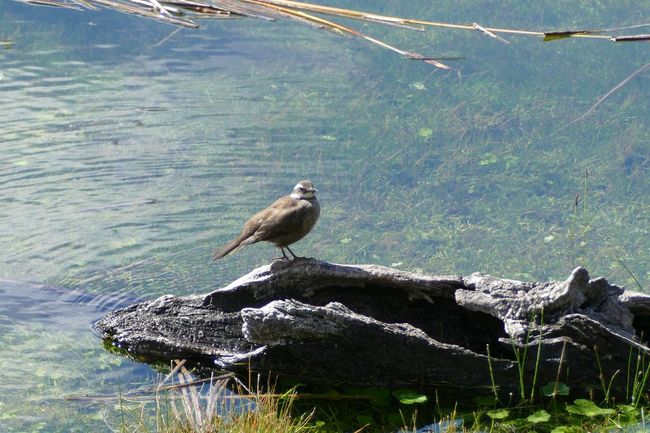
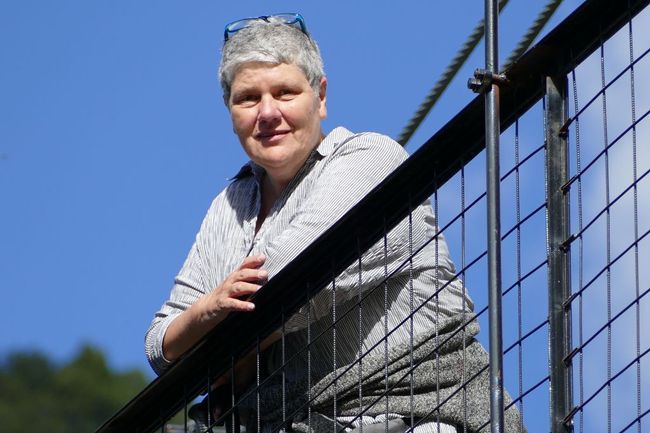
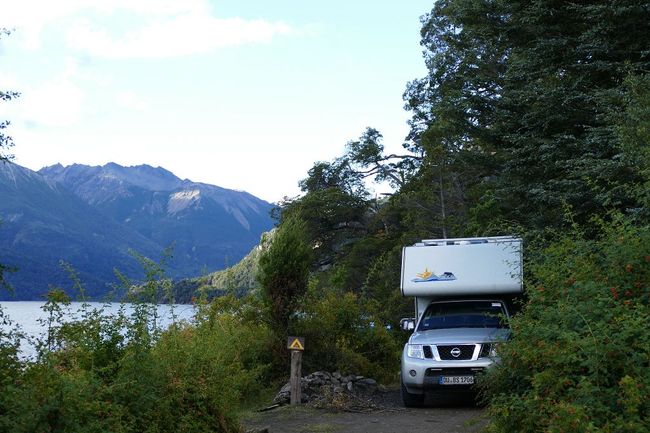
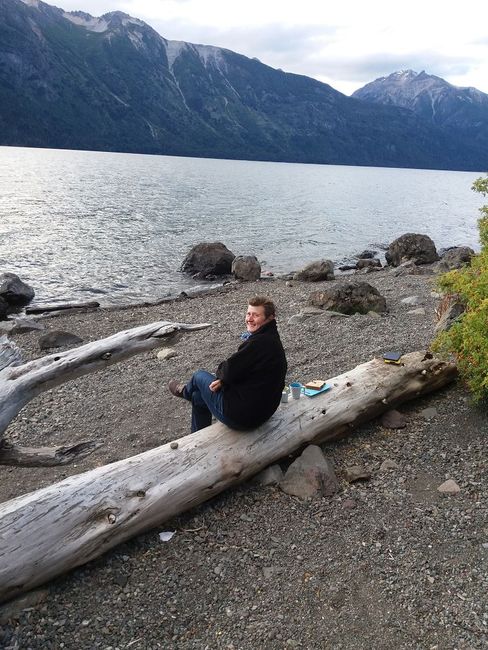
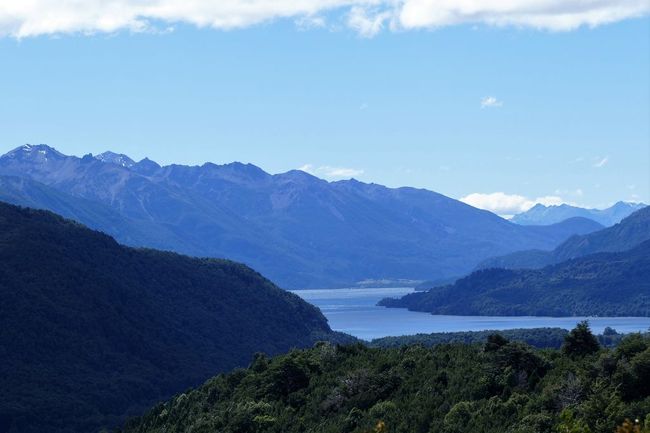
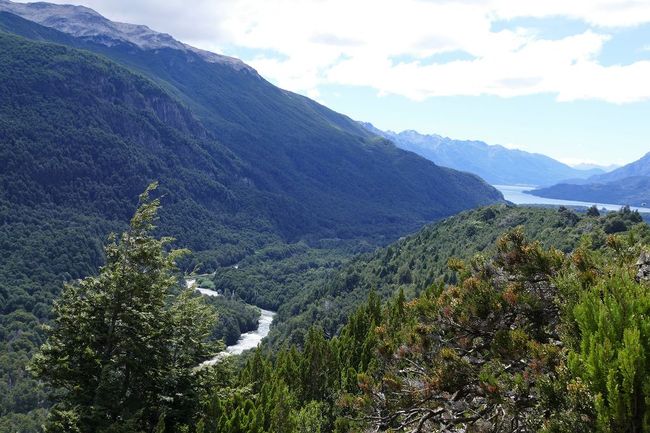
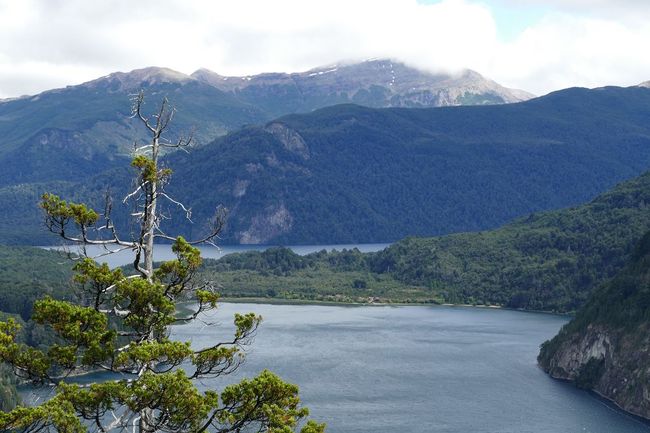
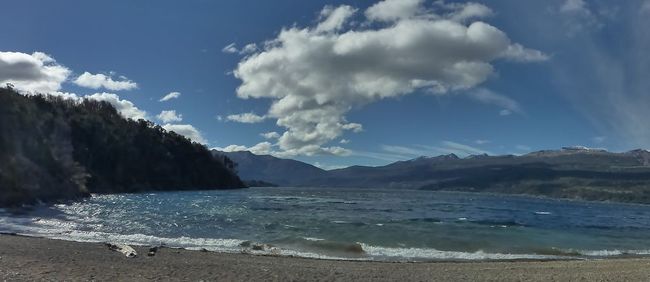
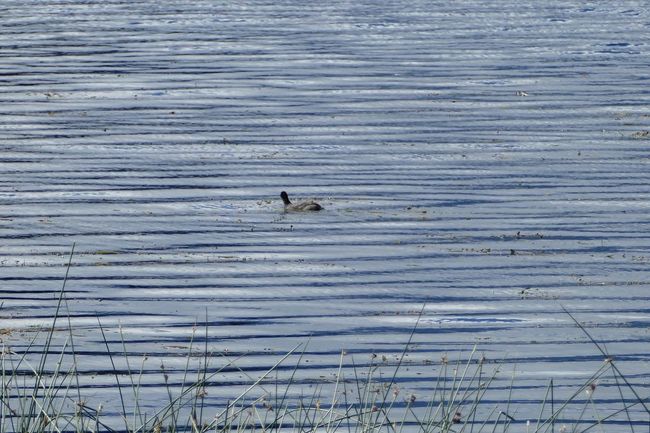
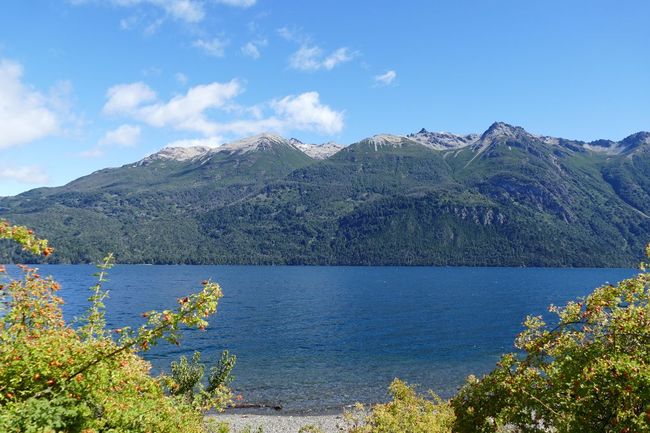
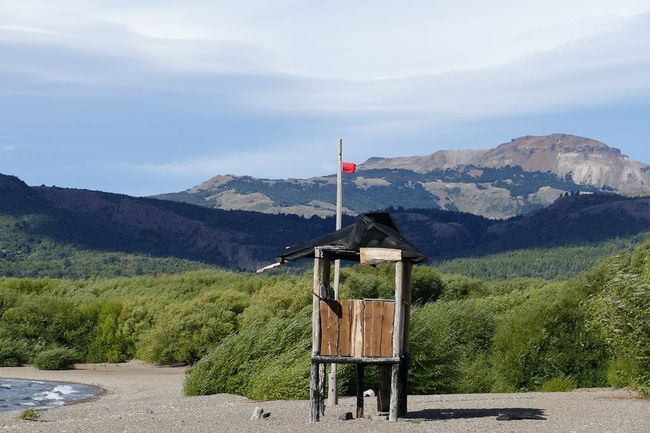
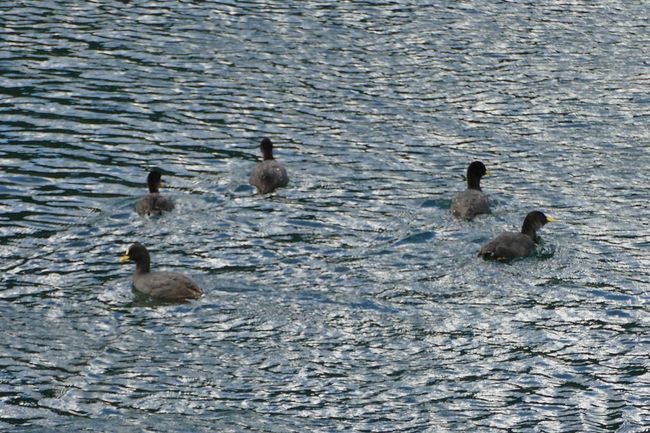
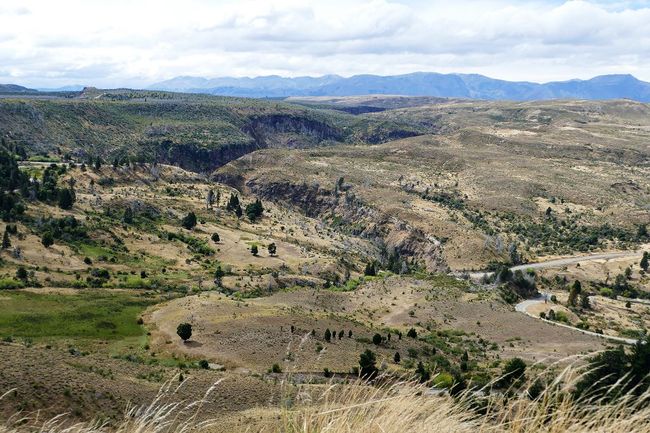
Ingwadiše go Lengwalo la Ditaba
The tank is still dripping, and as planned, we are driving to a campground for one night since we can't do anything in the city on the weekend anyway. Sibylle found the supposedly most beautiful campground in Argentina in the travel guide, and that's where we're heading. And it really is beautiful! Surrounded by hilly landscape and vineyards, the small and well-maintained campground is located next to a small creek. Each of the 7 pitches has its own barbecue area, as well as water, electricity, light, and a small picnic area. The main stone building houses a large communal space, which also serves as a small shop for regional organic products and a few daily necessities. We immediately stock up on organic honey, rose hip jam, and Calafate liqueur, and also buy two thick organic eggs for breakfast. The small campground is designed like a park, with tables and benches everywhere, by the small duck pond, by the creek, or overlooking the Andes. And there's lavender blooming everywhere, making us feel almost like in Provence. We collect the diesel that is still dripping in a jam jar to avoid causing an eco-disaster at the organic campground. We spend the afternoon in the sun by the creek and are a little sad that we can't stay here longer.
On Monday morning, we continue to Esquel. As soon as we arrive in the city, we see a Nissan dealer and stop immediately. The friendly Nissan dealer can't repair the car himself, but sends us a few streets further to a large Renault workshop. We decide to also have the upcoming inspection done immediately. The workshop manager expertly examines our car, but unfortunately can only give us an appointment for Wednesday. We're a little worried because the Nissan is now dripping considerably and not just trickling. We're concerned that we might get into trouble if the Nissan leaves a diesel stain on the road. After all, in Germany, that would be a criminal offense. The workshop manager reassures us and says that it's not a problem in Argentina. And indeed, if you look at the roadside, there are oil and gasoline stains everywhere. We still have a bad (eco) conscience, but at least we don't have any more worries about getting into trouble. We check into the little boutique hotel and are happy about our beautiful and spacious junior suite. First, we take care of ourselves a little. You do tend to let yourself go a bit while traveling. We take a huge bag of dirty laundry to the laundromat and then explore the city of Esquel.
On July 28, 1865, one of the most curious migrations in world history began. Known in Spanish as La Colonia or in Welsh as Y Wladfa, 150 Welsh men and women arrived in the province of Chubut in Argentina. They weren't looking for wealth, but rather wanted to preserve the threatened way of life in their hometown due to the onset of industrialization. Many believed that Wales would gradually be absorbed by England, and many Welsh men and women sought their fortunes in other countries, including Patagonia. Usually, the arrival of Europeans on the American continent didn't bode well, but this time it was different. The settlers carefully looked for a place where they could establish a new Welsh nation. They asked for land and respect for their language, religion, and traditions. In return, they hoisted the Argentine flag and obeyed the laws of their new homeland. Despite not successfully creating a new nation, the Welsh stayed and continue to build in the Welsh style, and the children are also taught in Welsh at school.
Esquel was also settled by Welsh immigrants and founded as a city in the early 20th century. The Welsh roots are particularly visible in the architecture, with brick houses often featuring pointed roofs and bay windows, many adorned with flower-filled front yards. The city appears prosperous and very European, which for us is currently very relaxing and nice. There are various small shops in the city with a huge Milka logo. Milka is widespread in Argentina, but the chocolate tastes different than it does back home. The purple cow is present almost everywhere, not just advertising chocolate but sometimes even hot dogs. Since we can't cook in the Dubs right now, we enjoy eating out again. We have come to appreciate a very pleasant habit of the Argentinians. Around 6:00 p.m., all cafes and restaurants are full of people who, since dinner is still far away, start their evening by indulging in wonderful cakes and pastries. The portion sizes are impressive, so if we want to eat like the Argentinians (almost always), we stick to our usual ordering method: one for two! Dinner here is usual: meat, meat, or meat, with pasta, gnocchi, or pizza for variety. We decided on a bold pizza - of course one for two - at a very cool blues bar, half with ruccola and half 'bávaro', which turned out to mean Bavarian and consisted of a topping of sausages with mustard. Not something you need a second time.
Since we still have our car on Tuesday, we take a little tour into the surrounding mountains and hike to a lookout point. In the evening, we have a nice dinner at the hotel, and the next morning, before breakfast, we bring our car to the workshop on time and with hope. With the help of Google, we have neatly written down all the orders in Spanish and can explain to the workshop manager what we want. The most important thing, of course, is the repair of the tank, and then a classic inspection. After that, it's time for a visit to the hairdresser. Barbara was certain that she had asked for "wash and cut" in her best Spanish. In reality, her head was washed three times in total. After that, she was placed in the hairdresser's chair, and the hairdresser ambitiously started to style her hair with a blow dryer. Even the objection that she actually wanted a "corte" or cut was initially ignored. Only after repeated protests did the lady realize her mistake, and laughing, she wet Barbara's hair again, only to then cut it very short - "super corto". With Sibylle, she knows what's up, and she also gets a "super corto". We spend the rest of the day optimistically in the nice little town and in our spacious hotel room, using the internet to archive the pictures and write the blog.
But soon the good mood disappears. The workshop calls with the bad news that they can't repair the tank. It's not just a small hole, something has broken on the suspension, probably due to the hardships of the bad roads, and they don't have the necessary welding equipment for such a big job. They refer us to a welding workshop that can fix the damage. So we drive to this workshop on the outskirts of the city, and after taking an intense look under our car, the owner actually dares to repair the damage. However, he needs a little more time and can only promise that it will be finished by Friday morning. At the hotel, we receive the message that we can't extend our stay, as everything is completely booked. No matter, there are other hotels, the important thing is that the Dubs gets repaired. We find another hotel at the other end of the city, much cheaper and of course not as fancy, but it will do for one night. And Gonzalo and Karina at the reception are super nice and helpful and speak English, so we spend the Friday morning chatting in the reception area until our car is finally ready around noon. Everything is secure and tight, and Sibylle crawls under the car to check the weld seam and is satisfied.
Now we're off to Los Alerces National Park, even though the weather forecast is rather mediocre. The small park offers Valdivian rainforest with towering bamboo and, above all, the oldest specimens of Alerces, a particularly long-lived cypress species. We don't see the oldest Alerce, the "abuelo" (grandfather) of a proud 3000 years, but we see many of its grandchildren on two beautiful hikes. You can camp in the park at regular campgrounds, cheaper at "Camping Agreste", very basic and rustic sites, or completely for free at stunning spots. Since we have everything on board, we choose the free option, as we need to retrieve the junior suite. We really like it here, especially since the weather is actually great. We hope that the many pictures will give you a little insight into the park. And there's also another tree riddle!!! See you soon.
Ingwadiše go Lengwalo la Ditaba
Karabo (4)
Guido
Dröpjie für dröpjie - na zum Glück habt ihr das erledigt. Dann kann es ja unbeschwert weiter gehen... Weiterhin viel Spaß!Barbara
Ilse: ich hoffe und wünsche sehr, daß Euere Pechsträhne vorbei ist. Es kann jetzt nur besser werden! Weiterhin viel Glück.Pe
Wahnsinnsbilder, genießt jeden moment... danke fürs mitnehmenanna
Tropflose Zeit gewünscht 😎